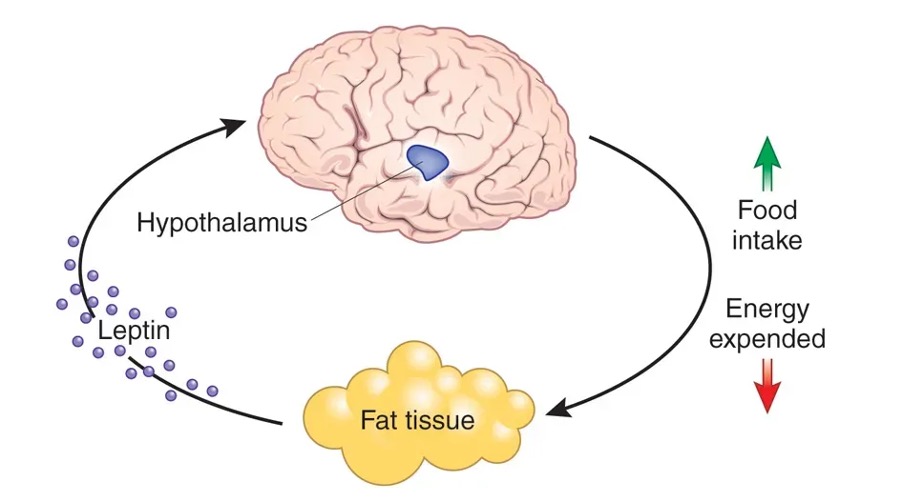We inherit all our mitochondria from our mother.
Gametes (the mothers egg cells) have over 1 million mitochondria per cell.
When we are exposed to non-native emfs the mitochondria in the cell abandon their position of making light and water to supply the cell with energy and instead focus on sequestering calcium leaked into the cell via the voltage gated calcium channels forced open by the foreign electromagnetic fields. This is why mothers should be protected and nurtured.

But not only do they carry the mitochondrial lineage, they’re also hormonally wired to have less tolerance for environmental toxins.
A man’s body fat percentage is 16-19%.
A woman’s body fat percentage is 22-26%.
When you have higher body fat, you also have higher levels of leptin, which also means you have higher levels of cytokines.
Women = + body fat = + leptin = + cytokines
Men = – body fat = – leptin = – cytokines

Due to women’s increased levels of cytokines naturally (by fertile design), their toxin and inflammatory thresholds are always higher than a male’s to begin with without any added stress. This means that women are much more likely to become leptin resistant than a man. It also means that women are much more sensitive to environmental toxins such as:
• Non-native electromagnetic fields
• Artificial blue light
• Physical stress
• Emotional stress
• Poor dietary choices
• Circadian mismatch
Just like light and dark, women and men are designed to work in perfect harmony with one another, yin & yang. Men are designed to withstand harsh environments and protect their female. The female is designed to be more sensitive to environmental triggers so that they can encode this information through their RNA and ultimately the oocycyte to inform the child of the type of environment they’re coming into.
Men and women come together in mutual benefit to ensure the optimal health of their future offspring.
Beautiful isn’t it?

